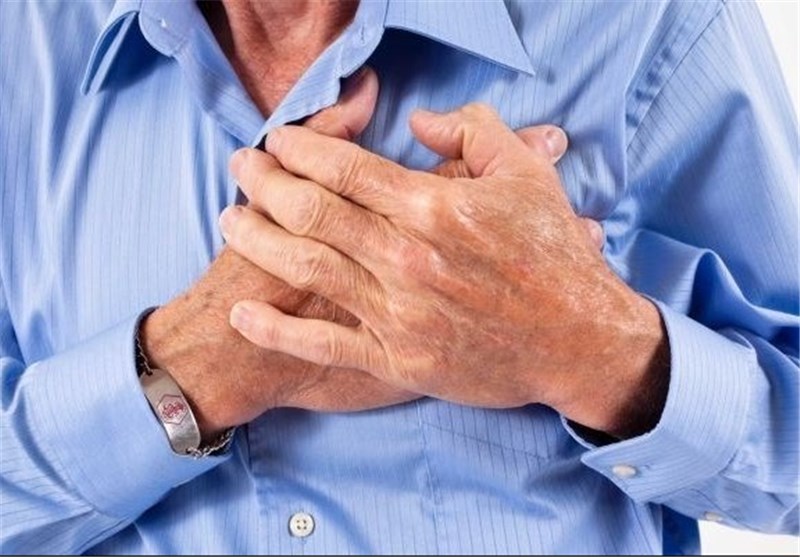Stroke

A stroke occurs when the blood supply to part of your brain is interrupted or reduced, preventing brain tissue from getting oxygen and nutrients. This causes the part of the body that the injured brain controls to stop working.
There are two main types of stroke:
1. Ischemic stroke
This is the most common type of stroke, is caused by a clot or other blockage within an artery leading to the brain.
2. Hemorrhagic stroke
This occurs when a blood vessel ruptures. These are usually the result of aneurysms or arteriovenous malformations (AVMs).
Seek immediate medical attention if you notice any signs or symptoms of a stroke, even if they seem to come and go or they disappear completely.
Think “Fast ”and do the following:
- Face – face drooping
- Arm – arm weakness
- Speech – difficulty
- Time – time to call emergency call
If you get to the hospital within 3 hours of the symptoms of an ischemic stroke, you may get a type of medicine called a thrombolytic (a “clot-busting” drug) to break up blood clots. Tissue plasminogen activator (tPA) is a thrombolytic.
Risk factors for stroke
Uncontrollable risk factors
- Age – people age 55 or older have a higher risk of stroke
- Sex – Men have a higher of stroke than women.
- Heredity and ethnicity – stroke is more common in people whose close relatives have had stroke at an early age.
Controllable risk factors
- High blood pressure
- High cholesterol
- Smoking
- Obesity
- Unhealthy lifestyle
Stroke treatment
Proper medical evaluation and prompt treatment are vital to recovering from a stroke.
Treatment for stroke depends on the type of stroke.
- Ischemic stroke
Doctor may perform surgery to remove a blood clot and plaques from your arteries. This may be done with a catheter, or if the clot is especially large, your doctor may open an artery to remove the blockage.
- Hemorrhagic stroke
Medications unlike with an ischemic stroke, if you’re having a hemorrhagic stroke, the treatment goal is to make your blood clot. Therefore, you may be given medication to counteract any blood thinners you take.
Prevention
The best way to prevent a stroke is to address the underlying causes. People can achieve this by making lifestyle changes such as:
- Controlling high blood pressure
- Quitting smoking and tobacco use
- Managing diabetes
- Lowering the amount of cholesterol and saturated fat in your diet
- Eating a diet rich in fruits and vegetables
- Maintaining a moderate weight
*The above information is for reference only, please consult your doctor for detail.

 3405 8288
3405 8288
